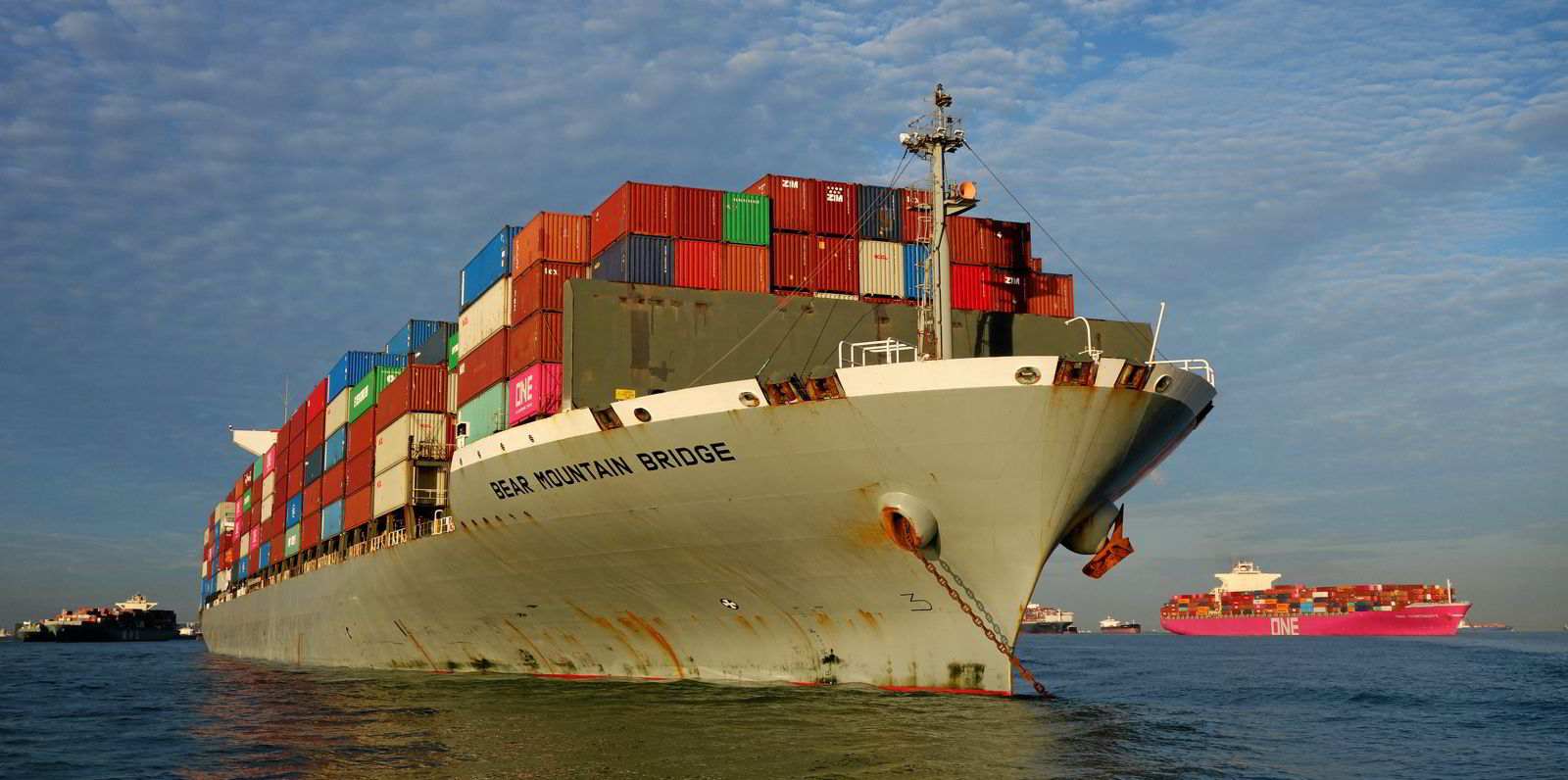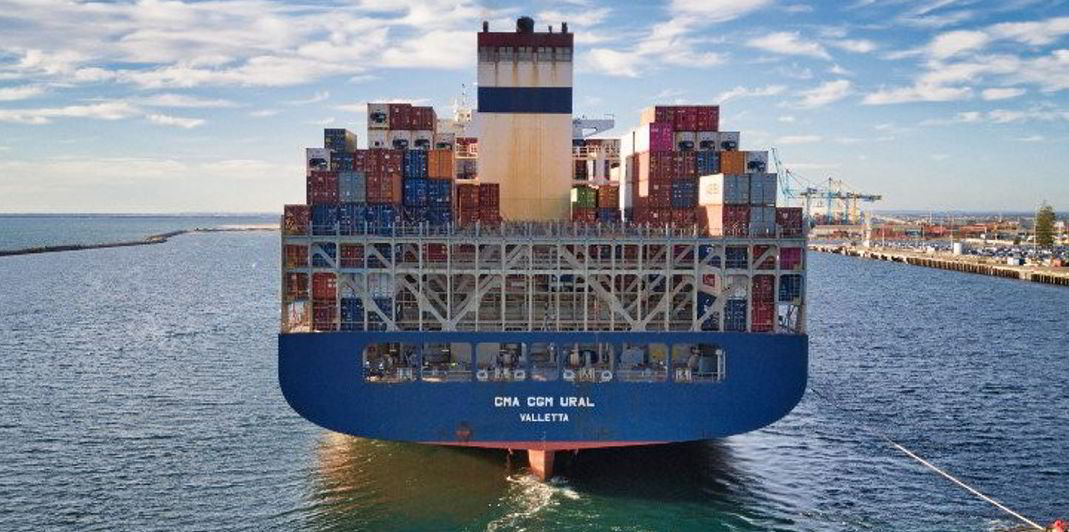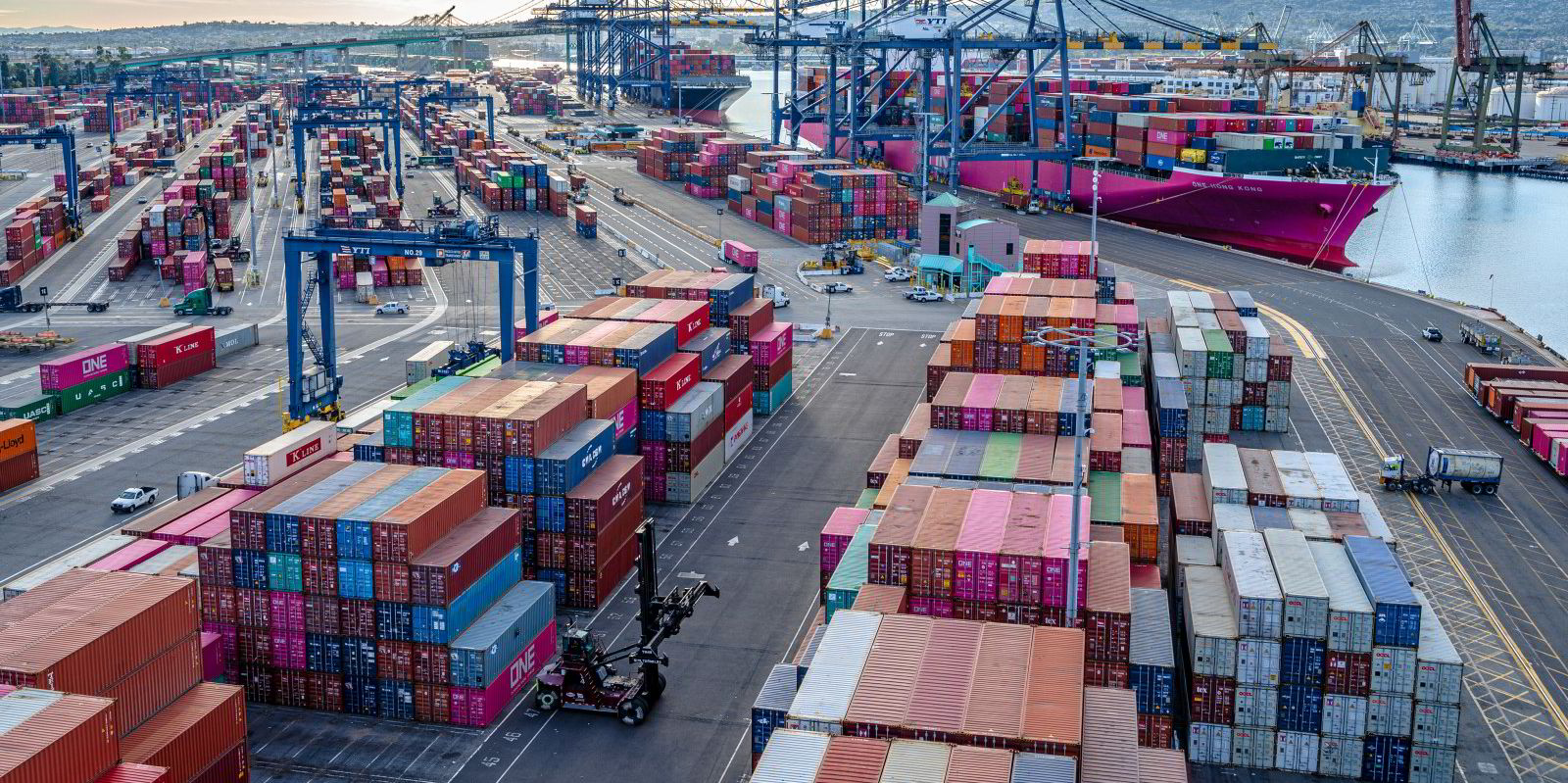Asia’s major container terminals are facing a massive backlog of ships in the wake of last week’s Typhoon Kompasu, according to the latest data.
The total containership counts off the two regional hubs of Shenzhen and Hong Kong had ballooned to 271 as of last week, according to Bloomberg.
This is the highest count recorded since the news agency began compiling the data in April.
There have been 16 named storms in the Pacific this year, including six hurricanes, with more than a month remaining in the season, according to a recent report in The New York Times.
The Pacific hurricane season typically begins in the middle of May and runs until the end of November.
Analysts say more tropical storms this season — with 2021 activity forecast to be 44% greater than average — could cause further disruption to supply chains and maintain high container freight rates.
"The supply chain is very stretched, with no buffer, so any little event will cause another big problem," James Teo, an analyst at Bloomberg Intelligence said.
Teo expects port congestion will likely continue to at least the Lunar New Year holiday, which falls on 1 February.
Shenzhen Yantian port was recently forced to close for two days due to Typhoon Kompasu, following a three-week closure in May-June due to a Covid-19 outbreak.
The impact of the typhoon is also being felt in South East Asia, with containerships waiting off Singapore said to be at their highest level since 21 July when Typhoon In-fa battered the region, according to the Bloomberg data.
"The global supply chain disruption is likely to continue for the foreseeable future and PSA will continue to ensure the adequate deployment of resources," the terminal operator said in a statement.
Clarksons’ said its port congestion index shows that as at 10 October, on a seven-day moving average basis, 9m-teu of containership capacity, or 36.7% of the fleet, was at port compared with a pre-coronavirus average from 201610 2019 of 31.4%.
"So more than an additional 5% of the fleet is tied up as a result of bottlenecks, part of the perfect storm driving extraordinary container shipping markets and showing no sign of winding down as yet," the shipbroker said.
Clarksons said containership congestion is up 22% in South East Asia, 51% in east coast North America and 149% in west coast North America.
"On an individual port basis, containership capacity at port in the year to date is up versus the 2019 average by 82% at Ningbo, 67% at Yantian, 46% at Oakland and 216% at Los Angeles and Long Beach," it said.





